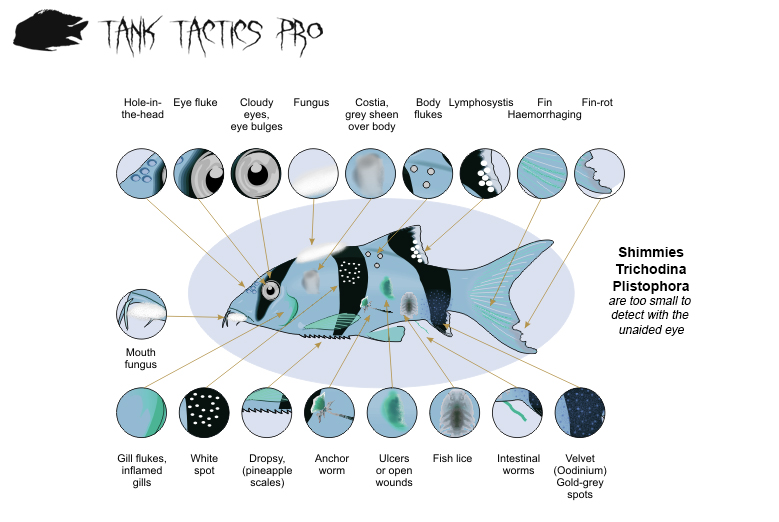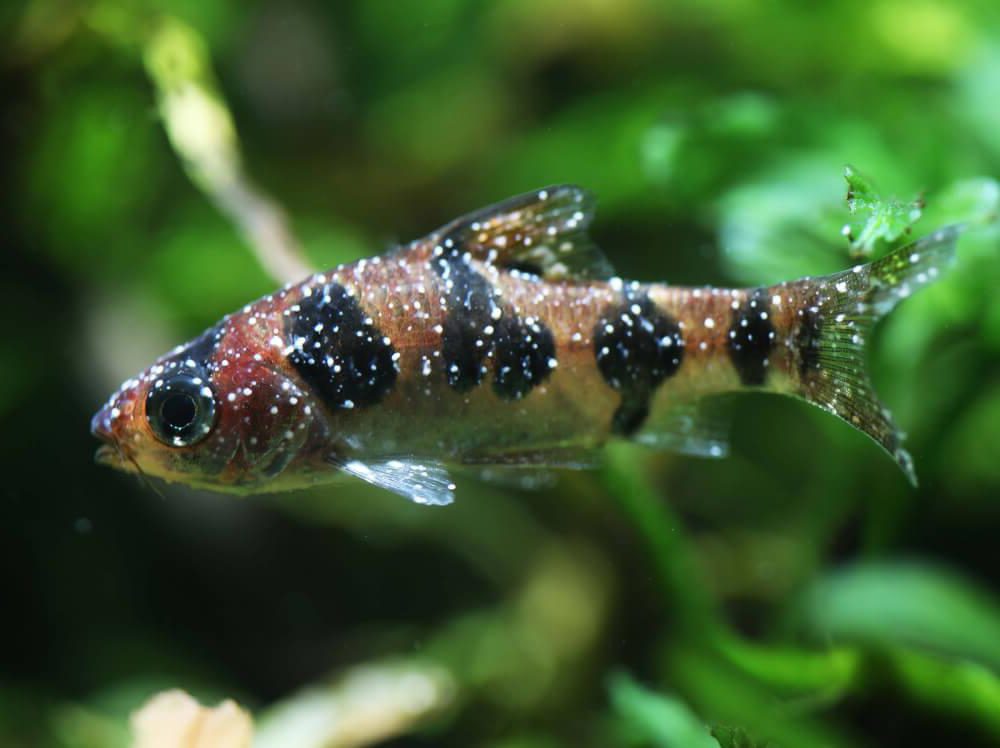Caring for aquarium fish requires vigilance, especially when it comes to disease prevention and treatment. From common ailments like ich and fin rot to maintaining an overall healthy tank environment, this guide is your go-to resource for keeping your aquatic pets happy and thriving.
Let’s dive in to understand the key practices, common diseases, and actionable steps you can take to ensure your aquarium remains a safe haven for its inhabitants.

Common Aquarium Fish Diseases: Recognize Symptoms Early for Healthier Tanks
The Importance of Healthy Tank Practices
Preventing diseases begins with a clean and well-maintained tank. Fish thrive in environments that mimic their natural habitats, and small lapses in water quality can quickly lead to stress and illness. Here’s what you need to prioritize:
- Regular Water Changes: Replace 10-20% of the water weekly to remove toxins like ammonia and nitrites.
- Monitor Water Parameters: Use a reliable testing kit to check pH, temperature, and nitrate levels regularly.
- Digital water testing kits (e.g., API Master Test Kit).
- Clean Filtration Systems: Ensure filters are functioning optimally to maintain water clarity and oxygenation.
- High-quality aquarium filters (e.g., Fluval or Seachem filters).
Healthy tank maintenance isn’t just preventative—it’s the foundation of a thriving aquatic ecosystem.
Understanding Common Aquarium Fish Diseases
Even with the best care, fish can fall ill. Recognizing the symptoms early can mean the difference between a quick recovery and a widespread outbreak. Below are the most prevalent diseases:
- Ich (White Spot Disease): Tiny white spots on the body and fins, often accompanied by rubbing against objects.
- Fin Rot: Frayed or discolored fins caused by bacterial infections or poor water conditions.
- Velvet Disease: A gold or rust-colored coating on the skin, leading to rapid breathing and lethargy.
Knowing these signs allows you to take immediate action before diseases worsen.

Ich, spots that resemble grains of salt or white sand on the skin.
The Role of Quarantine in Disease Prevention
Introducing new fish can unknowingly bring harmful pathogens into your aquarium. A quarantine tank serves as a safeguard, providing a controlled environment to monitor and treat new arrivals before they join your main tank.
Steps for Effective Quarantine:
- Set up a separate tank with the same water conditions as your main tank.
- Small quarantine tanks (e.g., 10-gallon starter kits).
- Observe the fish for 2-4 weeks for signs of illness.
- Treat any visible symptoms before transferring them.
Quarantine isn’t just for fish—it’s also essential for new plants or decorations.
Bacterial Infections: Symptoms and Treatments
Bacterial diseases are among the most common ailments in aquarium fish. These infections can appear as external sores, red streaks, or inflamed gills.
- Symptoms: Loss of appetite, sluggish behavior, and visible wounds.
- Treatments: Use antibacterial medications designed for fish. Always follow dosage instructions and treat affected fish in a quarantine tank.
- Suggested Product: Aquarium-safe antibacterial treatments (e.g., API Melafix or Seachem Kanaplex).
Maintaining excellent water quality is the best defense against bacterial infections.
Prevention: The Best Cure
An ounce of prevention is worth a pound of cure. Adopt these habits to minimize the risk of disease:
- Feed a Balanced Diet: Offer species-appropriate, high-quality food to boost immunity.
- Suggested Product: Nutrient-rich fish food (e.g., Hikari pellets or frozen food options).
- Avoid Overcrowding: Overpopulated tanks lead to stress and competition, increasing susceptibility to illness.
- Disinfect New Items: Always clean equipment, plants, and decorations before introducing them to the tank.
A proactive approach ensures your aquarium stays a safe, disease-free environment.
Conclusion
Keeping your aquarium fish healthy requires vigilance, but with proper care, most diseases can be prevented or managed effectively. By maintaining water quality, providing a nutritious diet, and quarantining new additions, you create a thriving habitat where your fish can flourish.
For more expert tips on aquarium care, stay tuned to Tank Tactics Pro—your trusted guide to mastering aquariums, one tank at a time.
Related reading
How to Set Up Your Very First Freshwater Aquarium: A Step-by-Step Guide
